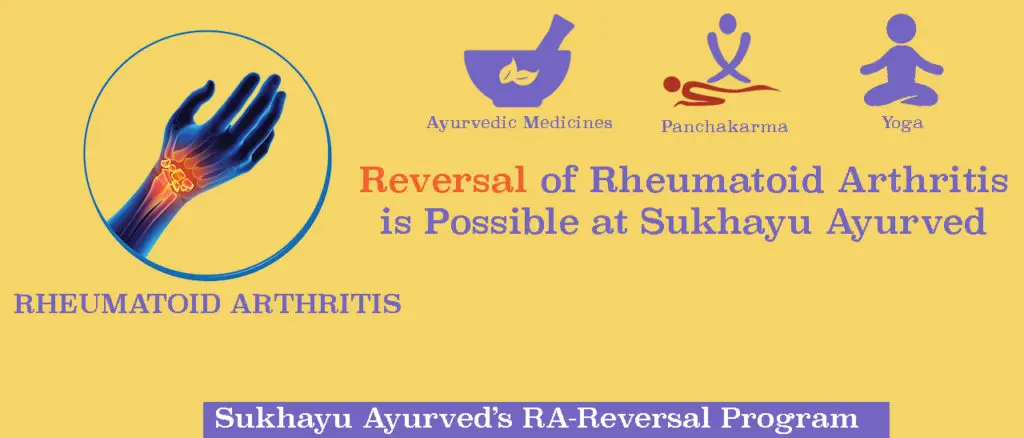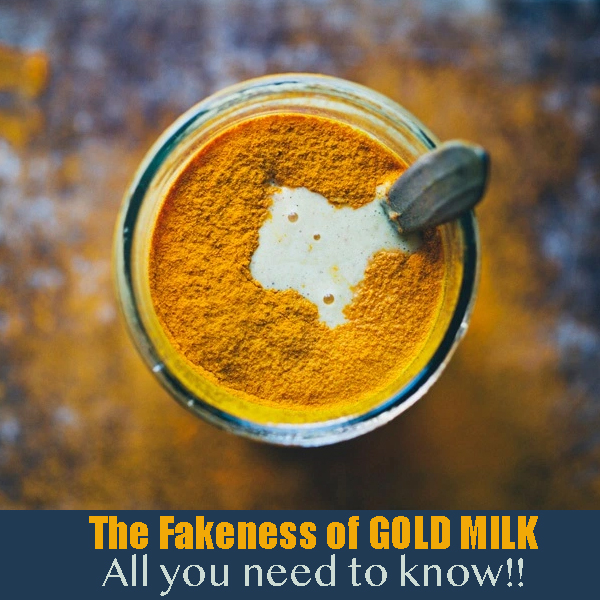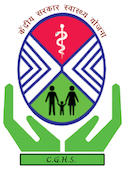Rheumatoid Arthritis: Disease Details
- Initially, rheumatoid arthritis causes swelling in the feet and hands and joint pain. However, as the disease progresses, chronic inflammation leads to permanent deformity and destruction of the joints.
- It most commonly affects the small joints of the hands and feet.
- The characteristic feature of rheumatoid arthritis is periods of flare and remission.
- Rheumatoid arthritis is the third most common arthritis after osteoarthritis and gout. It is the most disabling type of autoimmune arthritis.
- Approximately 1% of the population across the globe lives with RA.
- About 75% of RApatients are female. About 1-3 percent of females worldwide have rheumatoid arthritis in their lifetime.
- The disease often begins at the age of 30 and 50. However, it can start at any age.
- Conventional treatment for rheumatoid arthritis can only elevate joint pain and swelling and slow the progress of the disease.
- Regular low-impact exercises, for example, walking, increase muscle strength and reduce the pressure on your joints, thus improving the quality of life in patients with RA.
- Early treatment for rheumatoid arthritis helps you to live an active life and reduces joint damage to the extent that it may require a joint replacement.
- Rheumatoid arthritis is a complex disease that affects every patient differently.
- Some diseases, such as lupus, gout, osteoarthritis, and psoriatic arthritis have similar symptoms to RA; this is why it is essential to get yourself diagnosed correctly without any unnecessary treatment.
- Some other conditions that overlap with or are often confused with RA are Lyme disease, fibromyalgia, sciatica, neuropathy, anemia, chronic fatigue syndrome, depression, and hypothyroidism.

Types of Rheumatoid Arthritis
Rheumatoid arthritis is classified into three types. Two types are according to the presence of rheumatoid factor, and the third is specifically according to the age of the patient.
The line of treatment differs for all three conditions. Here are the details about all three.
Seropositive RA
80% of patients with RA show a positive RF or anti-CCP test. If the blood test shows the presence of a rheumatoid factor (RF) or antibody anti-cyclic citrullinated peptide (anti-CCP), it means that the body is actively producing immune reactions in healthy tissues. However, the presence of this protein in your blood does not always mean that you have RA. If your sibling or parents show a positive RF or anti-CCP test, you have a four-fold greater chance of developing rheumatoid arthritis.
Seronegative RA
Even people with a negative blood test for RF and anti-CCP can have RA. However, such patients tend to have a mild form of RA in comparison to those with a positive test.
Juvenile RA
Juvenile arthritis, or juvenile idiopathic arthritis, is a common type of arthritis in children younger than 17 years of age. The symptoms produced may be temporary or last a lifetime. Symptoms of juvenile RA include inflammation, joint stiffness, and pain. In some cases, eyes are involved, and there is interference in the growth and development of the child.
Foods to Avoid: Rheumatoid Arthritis
Symptoms of Rheumatoid Arthritis
The symptoms of RA include:
- Swollen, warm, and tender joints
- Joint stiffness that is worse after a few hours of inactivity and in the morning.
- Fatigue
- Fever
- Loss of appetite
- Dry eyes and dry skin
- Pain in chest
During the early stages, rheumatoid arthritis affects the small joints of fingers and toes. As the disease progresses, the symptoms extend to knees and ankles, hips, elbows, and shoulders.
In most cases, the symptoms include the same joints on both sides of the body. In about 40% of people suffering from RA, the disease affects non-joint structures such as eyes, skin, heart, kidneys, lungs, nerve tissue, bone marrow, blood vessels, and salivary glands.
Causes of Rheumatic Arthritis
Rheumatoid arthritis is an autoimmune disease. How this process starts is unknown; however, genetic components may play a role. Genes may not cause rheumatoid arthritis but make you susceptible to environmental factors such as certain viruses or bacteria that trigger the disease.
Risk factors for rheumatoid arthritis include:
- Sex – Females are more likely to develop rheumatoid arthritis.
- Age – RA commonly begins in middle age.
- Smoking – Smoking increases the risk of developing RA.
- Family history – You are more likely to develop rheumatoid arthritis if any of your family members has RA.
- Obesity – People with higher body weight, especially females, after 55 years of age, are at higher risk of developing rheumatoid arthritis.
- Environmental exposures – Exposure to silica or asbestos increases the risk of developing RA.
How Rheumatoid Arthritis Occurs
In rheumatoid arthritis, the body’s immune system gets active and causes unnecessary inflammation inside the joints. The immune system attacks the synovium and results in pain and inflammation. The condition, if left untreated, destroys cartilage. The ligaments and tendons that hold the joint together are damaged and weakened. The joint loses its shape and configuration
Rheumatoid arthritis progress gradually. There are periods of remissions and periods of flare-ups when the symptoms become more intense. It is not possible to predict how rheumatoid arthritis in any individual will progress over time. However, it is noticed that for most people, the usual course of rheumatoid arthritis includes period high disease activity. With time, flare-ups become more challenging and lengthier. In another common pattern of RA, the patient experiences strong attacks during the early stages of rheumatoid arthritis, followed by a period of minimal disease activity. In about 10% of people, there is spontaneous remission within the first six months of the onset of the symptoms of RA. Remission means the disease activity stops.
As rheumatoid arthritis progresses, there are changes in the body.
Stages of Rheumatoid Arthritis
Based on the changes seen and felt, RA progresses in four stages.
Stage 1 – It is the early stage where the patient feels pain, stiffness, and swelling in the joints. In this stage, the inflammation is inside the joint. In addition, the tissue in the joint swells up. However, there is no damage to the bone. In some cases, synovium (the joint lining) is inflamed.
Stage 2 – Stage 2 is a moderate stage where the inflammation of the synovium damages the joint cartilage. Due to the damage to the cartilage, there is pain and loss of mobility. The range of motion of the joints becomes limited.
Stage 3 – As rheumatoid arthritis progresses to stage 3, the symptoms become severe. The damage at this point extends to the bone. The cushion between the bones wears out. The bones rub together, resulting in pain and swelling. In addition, there is muscle weakness and more loss of mobility. Not only the bones are damaged, but also occurs.
Stage 4 – There is no longer inflammation in the joint in the end stage of rheumatoid arthritis. The patient still experiences pain, stiffness swelling, and mobility loss. Muscle strength reduces. Joints destroy, and bones fuse.
Progress through all four stages takes many years. In some people, the disease may not progress through all four stages within their lifetime. Some people may also have a period of no RA activity, and the disease goes into remission.
Best Ayurvedic Treatment for Rheumatoid Arthritis In India under Vaidya Pardeep Sharma is designed in a way that you will get a complete solution, that too not only in primary stages but















